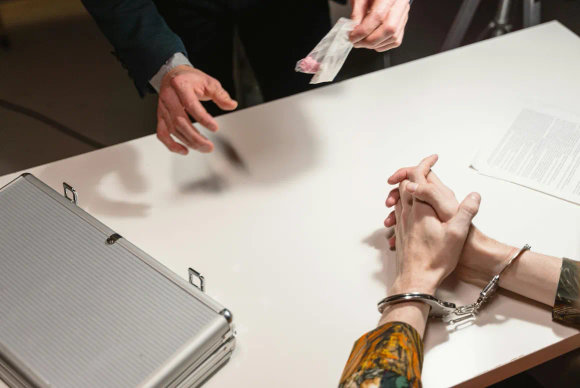It’s important to understand the distinction between conspiracy to supply Class A drugs and being concerned in the supply of drugs. Both are serious offences, but they involve different levels of responsibility and proof.
Conspiracy to supply drugs involves an agreement between two or more people to commit the crime of supplying drugs. The key factor here is the agreement itself. Even if no drugs change hands, a person can be convicted of conspiracy if it’s proven that they knowingly participated in the plan. For example, someone who agrees to help transport or distribute Class A drugs, even if the deal falls through, can be convicted of conspiracy.
Being concerned in the supply of drugs focuses on a person’s involvement in the actual supply chain. Unlike conspiracy, this offence doesn’t require proof of an agreement to commit a crime. Instead, the prosecution must show that the defendant played a part in enabling the supply of drugs. This could involve organising logistics, providing a location for storage, or facilitating communications between those supplying drugs. Importantly, someone can be found guilty of this offence without ever physically handling the drugs themselves.
Example of Being Concerned in the Supply of Drugs
Imagine a person named Sarah, who runs a logistics company. She’s approached by a known drug dealer who asks her to organise the transportation of packages from one city to another. Sarah agrees to handle the transportation but is never told what’s inside the packages, nor does she ever physically see or touch the contents. She simply arranges for the delivery, assuming it’s part of a legitimate business deal. However, later it’s revealed that the packages contained Class A drugs.
Even though Sarah didn’t directly handle the drugs, nor was she aware of the full details of the illegal operation, she could be charged with being concerned in the supply of drugs. The reason is that she played an essential role in the supply chain by facilitating the transportation of the drugs. Her involvement, even without physical contact or direct knowledge, is enough to implicate her in the offence because she enabled the drug supply process.
Example of Conspiracy to Supply Class A Drugs
Now, let’s consider Tom. Tom is part of a group of individuals planning to distribute Class A drugs across several cities. He’s involved in the planning stages, attending meetings where they discuss how the drugs will be transported, who will deliver them, and where they’ll be stored. However, before the plan can be carried out, the group is caught by the police. No drugs were ever physically transferred, and the operation never materialised.
Despite the fact that no drugs were supplied and no transaction took place, Tom could still be charged with conspiracy to supply Class A drugs. This is because he knowingly participated in an agreement to commit the offence, and in conspiracy cases, the crime lies in the agreement itself, not whether the act was completed. His involvement in the planning, even without any drugs actually changing hands, is enough to convict him of conspiracy.
Key Difference
The key difference between these two scenarios is that being concerned in the supply of drugs focuses on actual involvement in the supply chain, even if the person didn’t physically touch the drugs. In Sarah’s case, her role was logistical, yet essential to the operation. On the other hand, conspiracy to supply drugs hinges on the agreement or plan to commit the offence. In Tom’s case, his participation in planning the operation was sufficient for a conspiracy charge, even though no drugs were ultimately supplied.







